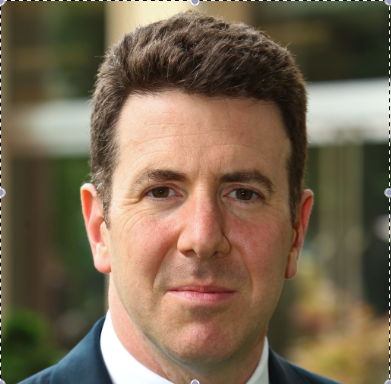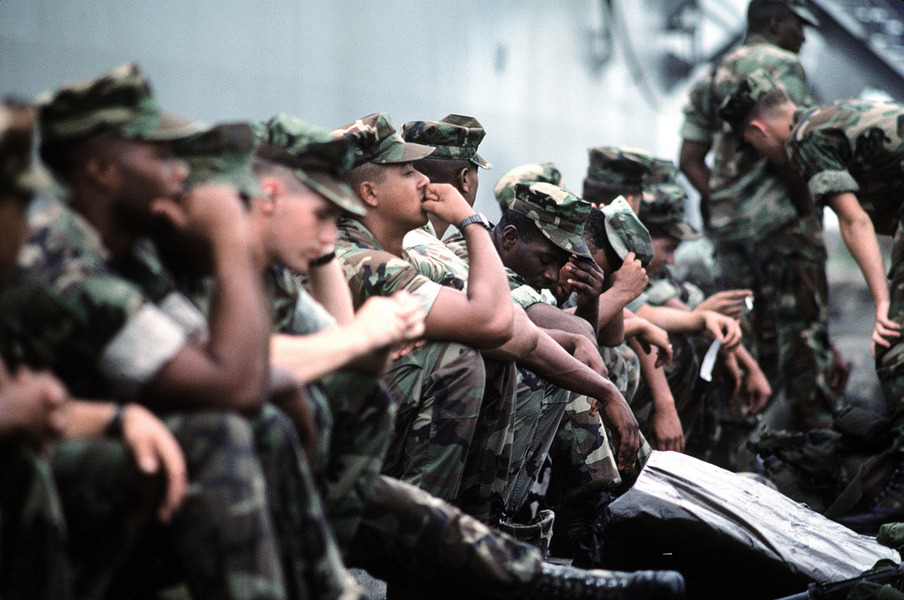Published by The Lawfare Institute
in Cooperation With

Terrorism has changed over time. David Rapoport, an influential scholar of terrorism, argues that we’ve seen four waves of terrorism so far: an anarchist wave at the turn of the last century; an anti-colonial wave that began in the 1920s and continued for four decades; a leftist wave that declined with the fall of communism; and an Islamist wave that arose with the 1979 Islamic Revolution in Iran and continues to present, taking different forms, such as that of al-Qaeda and the Islamic State, in the years since. These waves all featured different types of terrorism: anarchists assassinated prime ministers and presidents, leftists kidnapped industrialists and attacked military targets, and anti-colonial movements used terrorism as part of revolutionary warfare, along with guerrilla tactics and political mobilization.
I’d alter the categories somewhat in the post-World War II era. I see the national liberation and left-wing wave Rapoport outlines, but I also see the state-sponsored terrorism of the 1980s that produced groups such as the Lebanese Hizballah. In addition, I’d subdivide the Islamist wave into two, separating al-Qaeda from the Islamic State. Some struggles, of course, involve more than one type of group: the Palestinian cause has seen both leftist and Islamist groups as part of what its champions consider a quest for self-determination.
The wave theory is a convenient way of differentiating various terrorism threats. We can also flip it on its head, asking, “What are the different counterterrorism waves?” For each wave demanded a different response.
The revolutionary warfare of the anti-colonial period, which saw groups like the Irgun in mandatory Palestine, the National Organization of Cypriot Struggle (EOKA), the Irish Republican Army in Northern Ireland, and most dramatically, the National Liberation Front in Algeria, involve, in an odd way, conservative terrorists. They rebelled because they wanted to join the state system, not to reject it as a whole. They tried, often quite successfully, to wear down support for colonialism among their adversary’s population in order to secure independence.
Because the anti-colonial cause often resonated widely, colonial powers found victory elusive. Terrorism was merely one tactic, and not the most important, the rebels used: some groups tried to run schools, provide medical services, and otherwise create a parallel state. By necessity, counterterrorism often contained elements of counterinsurgency. Colonial powers tried to destroy insurgent forces, police areas where they were strong, and invade their havens. To win over fence-sitters, colonial powers often paired this big stick with limited political reform. In theory, this mix of coercion and concession would diminish support for terrorist groups and convince people to inform on terrorists in their midst. But this approach proved far harder in practice. The terrorist groups themselves often took staggering losses, but, because they enjoyed at least some popular support, they could replenish their ranks.
European left-wing groups in the 1970s and Palestinian entities like the Popular Front for the Liberation of Palestine embodied a purer form of terrorism. They often received support from communist regimes and saw themselves as vanguard groups. Reading Carlos Marighella’s Minimanual of the Urban Guerrilla and idolizing Che Guevara, they hoped terrorism would enable them to foment, or even skip, the stage of the revolution characterized by armed uprising of the masses and lead directly to the collapse of the bourgeois and colonial order. Airplane hijacking and other spectacular acts of terrorism characterized this era.
During this era, victory in counterterrorism involved an aggressive campaign to arrest (and at times kill) members of these groups. Most of these groups had few members and only limited popular support, making it hard for them to replenish their ranks. However, they remained strategic nuisances until the fall of the Soviet Union and the collapse of communism in general dealt them a final blow. This deprived them of havens and resources and, more importantly, discredited their cause in general. Who wanted to join a cause left on the dustbin of history?
State-sponsored terrorists proved tougher nuts. They were responsible for some of the biggest pre-9/11 terrorist attacks, such as the Libyan intelligence bombing of Pan Am 103 over Lockerbie, Scotland, which killed 270 people, or Hizballah’s 1983 bombing of the barracks of U.S. and French peacekeeping troops, which killed more than 300 people. State money and training enhanced terrorist groups’ capabilities, and states often provided terrorists havens in which to hide out.
Even after decades of struggle, victory against the state sponsored groups—and the state sponsors themselves—has proven incomplete. Iran, after all, still sponsors Hizballah, which remains deadly. But coercion using economic punishment and diplomatic isolation has helped move Libya in from the cold. And even Hizballah has toned down its anti-U.S. international terrorism: the hostage taking and mass attacks, for now, are things of the past, and though the group’s capabilities remain formidable, it tends to engage these days less in terrorism than in a more conventional, if still odious, form of military activity. Sponsors’ fears of punishment have also limited terrorist groups’ aggressiveness: if Hizballah goes too far, it is Iran that might suffer a ferocious counterstrike. Over time, the regimes themselves became less revolutionary: Iran and Sudan today, and Libya at the end of Qaddafi’s reign, are unquestionably evil regimes, but they are not seeking to spread their revolutions around the world as aggressively as they once did.
The terrorism threat appeared to be in decline after the end of the Cold War, as left-wing groups died out and state sponsors became less aggressive. The 9/11 attacks, however, seemed to change everything. The global nature of al-Qaeda and the massive scale of the attacks—killing almost ten times as many people as any previous mass-casualty attack—were bad enough, but experts predicted even worse for the future in the aftermath of the attacks. Fighting al-Qaeda proved complex and involved an unprecedented counterterrorism campaign. It also brought counterterrorism concerns into the political mainstream: what was once the province of specialists now became part of the hurly burly of American politics. But the mix of drone strikes, global intelligence campaigns to arrest and disrupt group members, and pressure on states that provided the group a haven or financial support put the group on its heels. The al-Qaeda core has not conducted a major terrorist attack in years, and its affiliate groups are primarily (though not entirely) focused on wars in their home regions.
The Islamic State challenge, while it is composed of some of the above elements, presents its own unusual dangers as well. As with many anti-colonial groups, the movement has many members and supporters, and terrorism is only a small part of the group’s overall activities. Moreover, like al-Qaeda, the Islamic State operates globally. Further, efforts to fight the group are central to the American political debate. However, as its name suggests, the group seeks to create a state, not be a vanguard: governance is at its heart. Many of al-Qaeda’s affiliates are similar—they too seek at least limited territorial control. Such groups often provide services and law and order and a modicum of stability. They also use conventional and guerrilla tactics, in addition to terrorism. International terrorism is still a concern, as the Paris attacks so painfully remind us, but the biggest dangers are to U.S. interests in the greater Middle East, and, as with any terrorist organization, stopping the Islamic State requires drying up the group at its source.
As the Islamic State combines elements of all of the previous waves, fighting the group demands a mix of the tools used in past eras. Like the counterinsurgency era, the United States will have to conduct counter-guerrilla operations and, more importantly, help allies with training and technical assistance to improve their military competence and governmental legitimacy. As with left-wing groups, time may be necessary for the fervor of the group to decline as its ideology is discredited. While waiting for a shift that may take years, or even decades, successes against al-Qaeda suggest that an aggressive global counterterrorism campaign is necessary; what devastated al-Qaeda’s global infrastructure can help eliminate the Islamic State’s global fringes.
Even though the Islamic State is a non-state group, states matter. It is regional governments, not U.S. troops, that will bear the brunt of fighting the Islamic State and take control of the group’s territory as it is pushed back. In addition, it is states like Kuwait, Qatar, and Saudi Arabia that must stop their citizens from giving money to the Islamic State.
Perhaps the hardest challenge will be the one the United States has so far failed to solve with al-Qaeda and the Islamic State: American domestic politics. Here, the past provides few lessons. In this year’s presidential election, rhetoric around the terrorism threat shifted the domestic political discourse in a nasty way, with President-Elect Donald Trump demonizing American Muslims and various European politicians taking similar, or even more extreme, stances. Terrorism as a strategy is designed to incite fear, and unfortunately, our politicians often make this problem worse and inadvertently help the terrorists win.




.jpg?sfvrsn=1ec79bb0_5)
